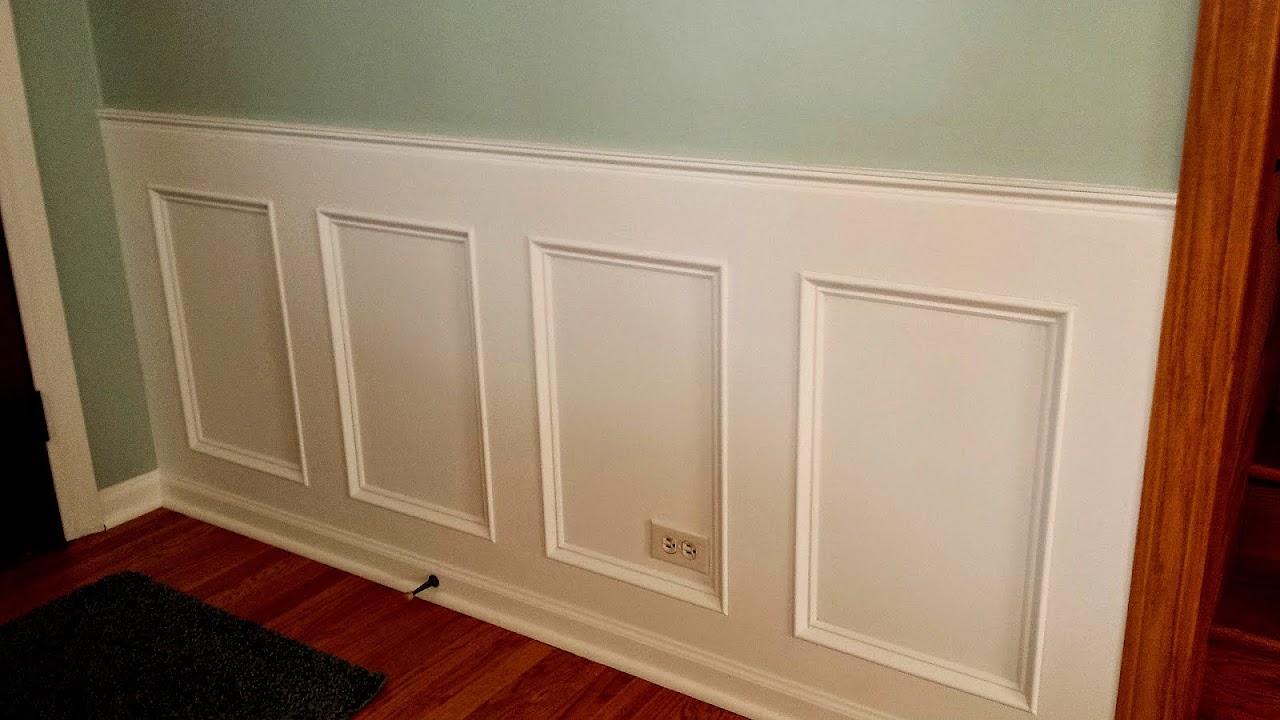
A priest hole is a hiding place for a priest built into many of the principal Catholic houses of England during the period when Catholics were persecuted by law in England. When Queen Elizabeth I came to the throne in 1558, there were several Catholic plots designed to remove her and severe measures were taken against Catholic priests. Many great houses had a priest hole built so that the presence of a priest could be concealed when searches were made of the building. They were cleverly concealed in walls, under floors, behind wainscoting and other locations and were often successful in concealing their occupant.
Many priest holes (priest closets) were designed by the Jesuit lay brother Nicholas Owen who spent much of his life building priest holes to protect the lives of persecuted priests. After the Gunpowder Plot, Owen himself was captured, taken to the Tower of London and tortured to death on the rack. He was canonised as a martyr by Pope Paul VI in 1970.

Maps, Directions, and Place Reviews
Background
The measures put in force shortly after Elizabeth's accession became much harsher after the Rising of the North (1569) and the Babington Plot in particular, the utmost severity of the law being enforced against seminary priests. "Priest hunters" were tasked to collect information and locate any priests. An Act was passed prohibiting a member of the Roman Catholic Church from celebrating the rites of his faith on pain of forfeiture for the first offence, a year's imprisonment for the second, and imprisonment for life for the third. All those who refused to take the Oath of Supremacy were called "recusants" and were guilty of high treason. A law was also enacted which provided that if any "papist" should be found converting an Anglican, or other Protestant, to Catholicism, both would suffer death for high treason. In November 1591, a priest was hanged before the door of a house in Gray's Inn Fields for having said Mass there the month previously. Laws against seminary priests and "Recusants" were enforced with great severity after the Gunpowder Plot (1605) episode during James I's reign. Arrest for a priest meant imprisonment, and often torture and execution.
Easy Diy Wainscoting Video
Location and use
England's castles and country houses commonly had some precaution in the event of a surprise, such as a secret means of concealment or escape that could be used at a moment's notice. However, in the time of legal persecution the number of secret chambers and hiding-places increased in the houses of the old Catholic families. These often took the form of apartments or chapels in secluded parts of the houses, or in the roof space, where Mass could be celebrated with the utmost privacy and safety. Nearby there was usually an artfully contrived hiding-place, not only for the officiating priest to slip into in case of emergency, but also to provide a place where the vestments, sacred vessels, and altar furniture could be stored on short notice. Priest's holes were built in fireplaces, attics and staircases and were largely constructed between the 1550s and 1605.
Nicholas Owen
Many such hiding places are attributed to a Jesuit lay brother, Nicholas Owen (died 1606), who devoted the greater part of his life to constructing these places to protect the lives of persecuted priests.
With incomparable skill Owen knew how to conduct priests to a place of safety along subterranean passages, to hide them between walls and bury them in impenetrable recesses, and to entangle them in labyrinths and a thousand windings. But what was much more difficult of accomplishment, he so disguised the entrances to these as to make them most unlike what they really were. Moreover, he kept these places so close a secret that he would never disclose to another the place of concealment of any Catholic. He alone was both their architect and their builder. No one knows how many he made. Some may still be undiscovered.
They were sometimes built, as at East Riddlesden Hall, as an offshoot from a chimney. Another favorite entrance was behind panelling; an example is Ripley Castle in North Yorkshire. Others were incorporated into water closets, for example at Chesterton Hall, near Cambridge. Harvington Hall in Worcestershire has seven priest holes throughout the house, including access through the main staircase, panelling, and a false fireplace.
After the Gunpowder Plot, Owen himself was captured at Hindlip Hall, Worcestershire, taken to the Tower of London and tortured to death on the rack. He was canonised as a martyr by Pope Paul VI in 1970.

Effectiveness
The effectiveness of priest holes was demonstrated by their success in baffling the exhaustive searches of the "pursuivants" (priest-hunters), described in contemporary accounts of the searches. Search-parties would bring with them skilled carpenters and masons and try every possible expedient, from systematic measurements and soundings to the physical tearing down of panelling and pulling up of floors. Another ploy would be for the searchers to pretend to leave and see if the priest would then emerge from hiding. He might be half-starved, cramped, sore with prolonged confinement, and almost afraid to breathe lest the least sound should throw suspicion upon the particular spot where he was immured. Sometimes a priest could die from starvation or by lack of oxygen.
Source of the article : Wikipedia


EmoticonEmoticon